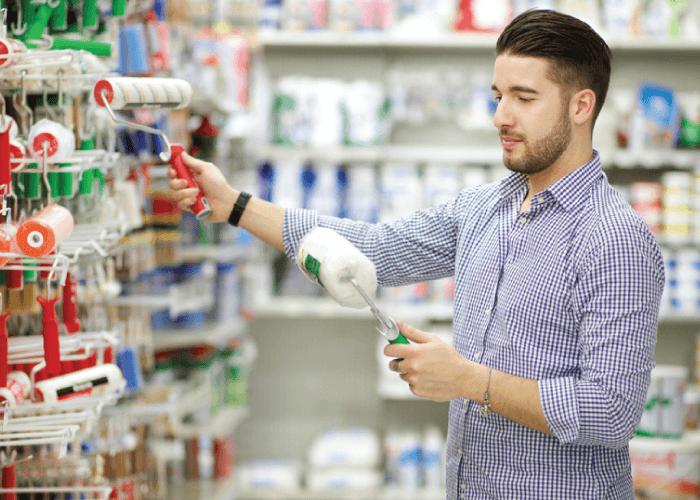Optimizing Onsite Content to Maximize Product Appeal

On this page
In this age of digital domination where, by 2040, 95 percent of all purchases are expected to come from e-commerce sales, I don't need to tell you that a website is a powerful tool for any retail business - whether that's to offer easy online ordering to your customers or simply to act as an online advertising avenue used to drive people to your physical store.
Without customers being able to get hands-on with your products, though, how do you ensure your products stand out and appeal to your target demographic? The short answer: your onsite content.
To help you navigate the world of product page optimization, in this article I'm sharing three tried and tested ways to ensure your onsite content is fine-tuned to maximize your products' appeal. Covering everything from tantalizing product descriptions to eye-catching imagery, we're helping you understand how to do your product range justice online in the name of improved conversion rates and resulting revenue.
Harness the power of data
Optimizing your product pages without using data to back you up would be like trying to ride a horse while blindfolded - not advisable, and not necessary. So, while you may think you know what your shoppers want to see, without data to support this, you might find that you've been operating under false pretenses and there's a whole audience out there with needs and expectations yet to be uncovered.
Data will help you better understand your shoppers, providing you with the knowledge and tools needed to optimize your content with them in mind - be it through the type of language you use, the references you make or the way you choose to display your content. Insightful data at your disposal includes information about your visitors (which can be gathered through Google Analytics) and search volume and difficulty data for key terms users might search to find your products (accessible in tools such as Ahrefs and Google Search Console).
Once you've identified the most relevant, high-value phrases to target in your content, put fingers to keyboard and begin writing your product descriptions with these in mind. The priority here is to write bespoke content that establishes your brand as an authority in your sector.
Illustrate your expertise by writing up your content yourself using your own knowledge and experience, or invest in professional content writing services where skilled writers will gather information from you and supplement with industry research to arm them with the know-how needed to showcase your brand at its best.
Source high-quality visual content
Professional imagery and video content will go a long way towards convincing your shoppers and customers of the exceptional quality and value of your products. As such, look to include as many images as possible of your products, from a variety of different angles and positions and preferably formatted as an image carousel that will allow users to quickly flick between photos.
With reports suggesting that 84 percent of consumers are more likely to buy a product or service after watching a video, it's crucial that you don't neglect this type of content at a product category level. Make sure to create video content that clearly and succinctly answers questions shoppers may have about your products, or videos that show your products in use.
Implement strong calls-to-action
A call-to-action (widely known as a CTA) is a marketing term that refers to an instructional prompt used in content to encourage a reader, listener or viewer to take a preferred action. In onsite content, this often takes the form of a phrase directing users to click through to another page on a site.
It's important to ensure your calls-to-action stand out from your product imagery and other surrounding content on the page - acting as a key visual tool designed to direct customers to click 'add to basket,' 'find out more' or similar. Whenever possible, when highlighting your products as part of a wider range, be sure to include images and suggestions of such complementary products as an opportunity for a potential upsell.
The overarching goal of content marketing at a product level is to give the user the final incentive they need to buy - using a combination of aspirational content and irresistible imagery to make this decision a no-brainer.
Online, where products can be seen but not touched and your only means of persuasion are imagery and the written word, failing to optimize your content for users presents a missed opportunity. Your product pages deserve careful, ongoing attention - and I hope that by implementing these essential tips, you'll see conversion rates and product revenue enjoy a welcome uplift.
About the writer: Tori Atkinson is the lead content creator for Paragraft, providing bespoke content writing services for ambitious brands looking to find and nurture their brand voice.
Join the #retail, #SmartStore & #ConnectedJourney conversations on Twitter @RetailNext, as well as at www.facebook.com/retailnext.
About the author:

Tori Atkinson, Paragraft




